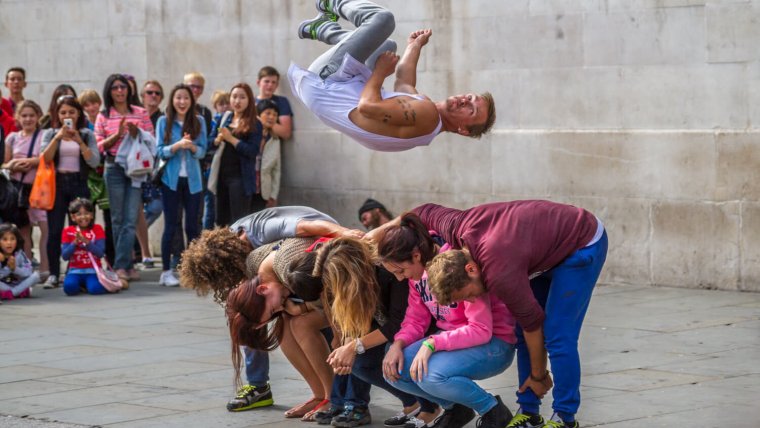
Welcome to our third post of our interview series called “Photographer Spotlight” in which we will learn about tricks and techniques from gifted photographers from all over the world.
I had the great honor to interview Julius Lissau who is a photographer from Denmark and mainly focuses on sports photography. In this exclusive interview, you’ll find out what it is that makes him so good in his field.
Tell us about yourself, where are you from, what got you into photography and since how long do you do it?
Julius: My name is Julius Lissau, I’m (almost) 18 years old and live in a city called Vejle in Denmark.
My interest in photography started when I was about 12 years old. I was searching for an alternative to, probably the most common job for young kids in Denmark, delivering the newspaper and ads. I’m not sure how, but I somehow discovered stock photography and thought it would be easy for me to snap a few photos with my iPod touch, and make a killing in passive income, but I was about to be very disappointed. I think it saw this video which really got my expectations up. As you might have guessed, I didn’t even get a single image accepted into these sites. Luckily I didn’t lose my interest in photography and I’ve been photographing since then.
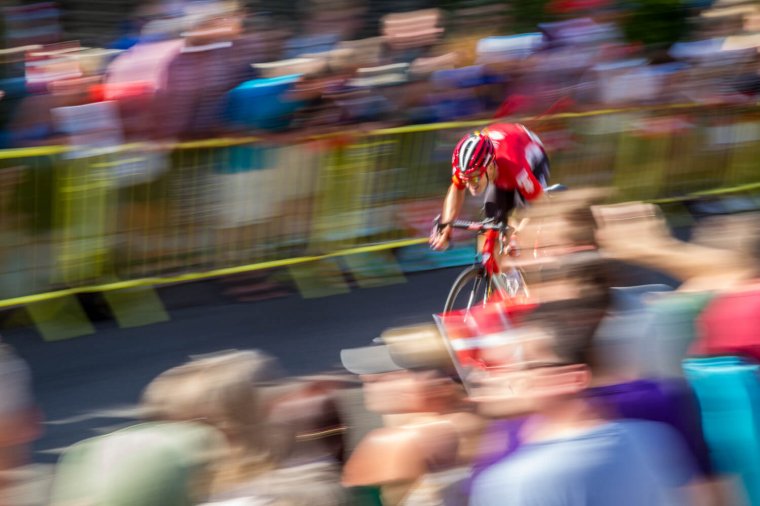
How much time do you spend on photography on average? Are you professional or is photography a hobby of yours?
Julius: Photography is mainly just a hobby of mine, but I do some paid jobs every now and then, as well as some teaching. I’m quite inconsistent in regards to how much time I spend photographing and editing. Some weeks I might not pick up the camera or edit a single photo, while other weeks, I might spend countless hours.
What is the favorite photo you took and why?
Julius: It is really difficult for me to say. Obviously, I got some photos which are better than others, but there is not a single photo which stands as a clear favorite for me. If I’d have to pick one, it would be this one tough:
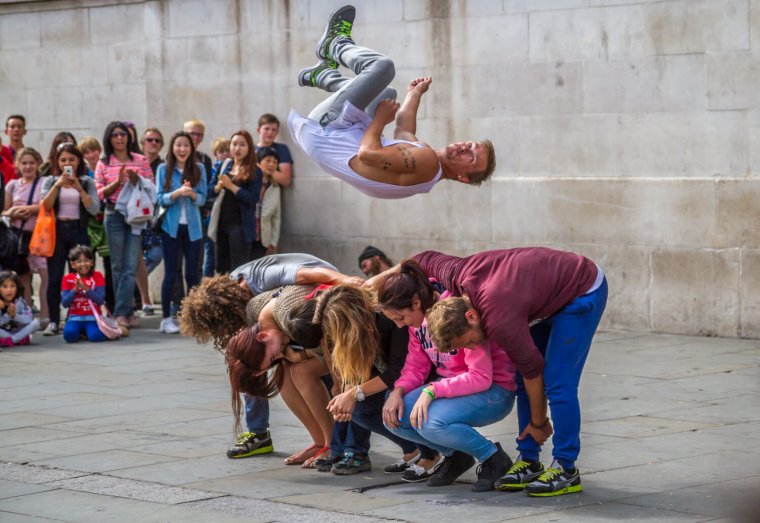
It is not the best composed image out there and I think the focus is a bit off too, but I really like it, because of how much there’s going on. You can look at it a hundred times and every time you do, you notice something new. Especially the facial expression of the crowd and the volunteers crouching below the athlete in the air.
The photo also shows one of my favorite abilities of photography, what the eye can’t see. Sure this situation could be experienced by the naked eye, but you wouldn’t be able to appreciate all the details captured in this 1/4000 of a second.
What is typically in your camera bag?
Julius: I recently upgraded to a Canon 5D Mark II with aCanon 100-400mm f/4.5-5.6 lens equipped. For sporting events within close range (and almost everything else) I use the Tamron 24-70mm f/2.8 lens.
Otherwise, I try to bring as little equipment with me as possible to avoid unnecessary bulk which will make my trip less enjoyable and slow me down.
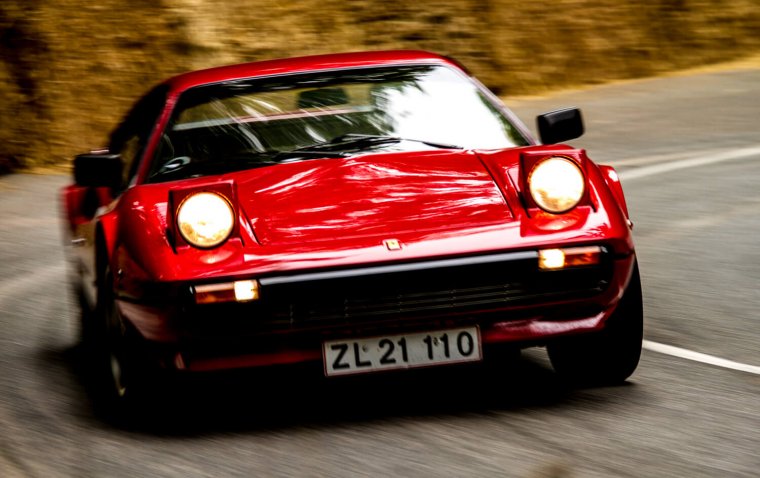
Do you have guiding principles that you follow when you’re making pictures?
Julius: Nothing specific. Before I start shooting, I usually try to imagine the look that I’m going for, or how the perfect shot could look.
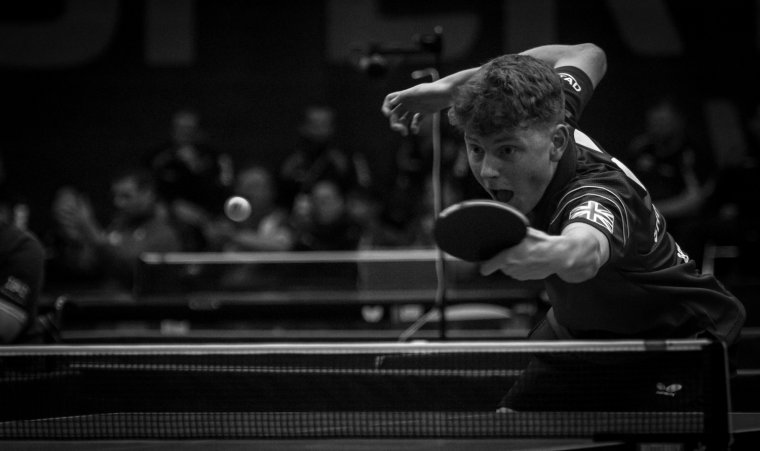
How important is post-processing for you? Can you tell us what kind of post-processing you typically do?
Julius: I’d say post-processing is quite important for me. Not that my photos are unusable without, but I think you can improve any photo tremendously by spending even just a few minutes post-processing them. With that being said post-processing is not something I spend a lot of time on, and my workflow is quite simple. I start of importing all the photos into Lightroom without any presets or other modification. Then I go trough all the photos rating the keepers with 5 stars, to then delete those with 0 stars in the end. From there I usually spend about 1-5 minutes of editing per photo, which includes mainly adjusting the “Basic” panel in Lightroom, as well as the “Detail” and “Lens Correction” panel.
Sometimes I might do some spot editing, or even open the image in Photoshop for even greater control. But the majority of the time, I prefer keeping it simple and just using the tools in Lightroom.
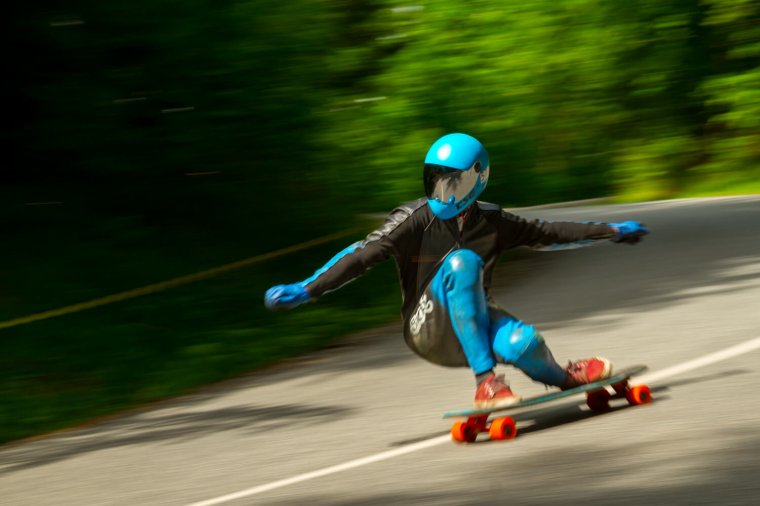
Do you have general advice and tips for other sports photographers?
Julius: One of my best tips is to make space in the directing your subject is moving. Let me explain:
Humans always try to predict the future. Think about when you cross the street, you look at the cars approaching from different directions and on their speed and behavior. Based on that information you try to figure out if you can make it across.
If I photographed the cyclist a second later, he would’ve been on the left half on the image, instead of the right. The eye of the viewer will usually would then follow the path of the subject (trying to predict the future), leading the eyes outside the photo. This was probably over complicating it, but I find things easier to remember when there’s a story along with it.
Anyway, you get the point. If your subject is moving, or if they are for an example kicking a ball, make sure to include space for that person/object to travel in.
Find Julius Lissau on the Web:
www.500px.com/julius-lissau
www.juliuslissau.dk
www.fotoklog.dk
Comments (0)
There are no comments yet.